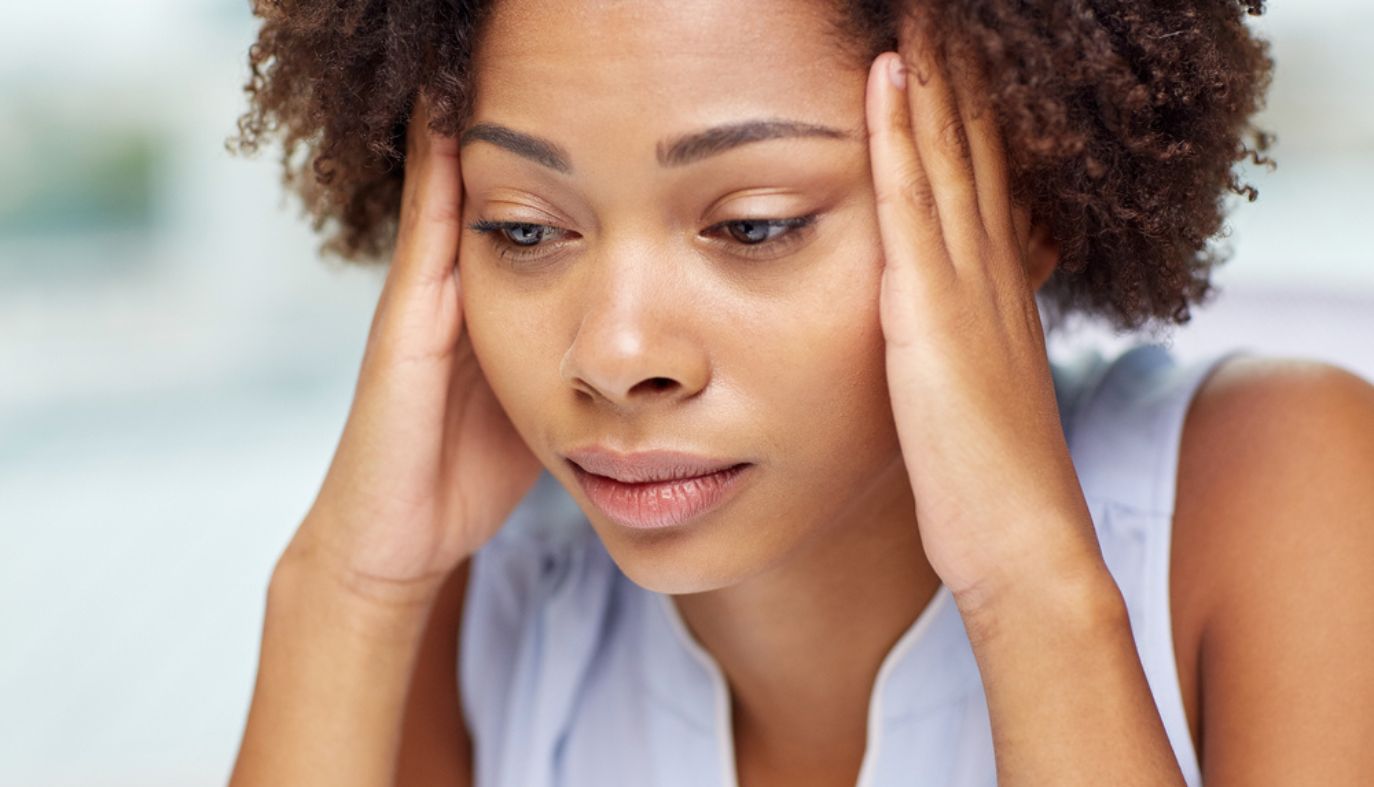Can Hair Grow Back After Thinning?

The American Academy of Dermatology (AAD) reports that daily hair loss of 50 to 100 is normal. Any more than this can indicate that you're losing hair more frequently than is healthy, which could lead to general hair thinning.
If you have seen more hair falling out than usual, you might wonder if you are becoming bald, if your hair is thinning, and whether it will grow back after thinning.
In contrast to widespread hair loss, thinning hair is not always associated with baldness. However, it does give the impression that you have balder patches on your head.
Since hair thinning occurs gradually, you have plenty of time to identify its causes and determine the most effective course of action.
Hair thinning and baldness depends on a number of genetic and non-genetic factors.
Factors Responsible for Thinning Hair
Genetic Factors
Hereditary Hair Loss or Baldness
Some follicles stop producing hair as you age. This is also known as Androgenetic alopecia, pattern hair loss, or hereditary hair loss.
Male pattern hair loss frequently results in baldness in men. Though it hardly ever results in baldness, female pattern hair loss can cause hair to thin out.
This kind of hair loss is often irreversible; therefore, the hair will not regrow. But if detected early, your dermatologist can analyze your baldness and recommend hair restoration options. Drugs such as finasteride (Propecia) and minoxidil may be used to slow down or stop the hair loss process.
Alopecia Areata
An autoimmune disease called Alopecia areata causes the immune system to unintentionally attack the hair follicles. The scalp is where hair often falls out in small areas. However, it can also appear on the eyebrow, eyelashes, arms, or legs.
Small patches of scalp hair fall away as a result of Alopecia areata. This ailment usually starts to manifest suddenly. The major triggers for alopecia areata may be heredity and stress. Hair may begin to grow back at any time, but it may also start thinning again.
Scalp Psoriasis
An autoimmune condition called psoriasis results in red, scaly spots (plaques) on the skin.
Temporary hair loss might result from scalp psoriasis. It can get considerably worse if you scratch your scalp to eliminate scales or ease itching. Your hair will start to grow if you stop scratching your scalp and discover a therapy for your psoriasis that works.
Non-Genetic Factors
Hormonal Imbalance
Women may experience hair loss due to hormonal changes after menopause, during pregnancy, or after delivery. Likewise, hair loss in men can be brought on by hormonal changes and imbalances. However, hormonal imbalance-related hair loss is typically only transient. For instance, thyroid issues have been linked to hair loss.
Nutrient Deficiencies
One well-known reason for hair thinning is a nutrient deficiency. Numerous hair loss diseases, including Alopecia areata, female pattern hair loss, androgenetic alopecia, and persistent Telogen effluvium, can be brought on by nutritional deficiencies. These nutrients include iron, zinc, vitamin A, vitamin E, vitamin D, biotin, selenium, niacin, folic acids, and fatty acids.
Hair Loss from Stress
Few people are aware that stress levels might affect one's hair growth. Excessive stress can cause hair loss and thinning for both men and women. Review your stress levels and take steps to reduce stress if you are losing more hair than usual. For example, try engaging in stress-relieving activities like meditation, walking in nature, and other pastimes. Your hair will probably grow back after your stress level returns to normal.
Changes In Medication
A new hair product, drastic weight loss, or changes in medication can all result in hair loss. It's important to recognize the root reason for your hair loss. Your doctor can identify the underlying reason and suggest a suitable action. Treatment options could include prescription drugs, dietary changes, and hair restoration treatments like PRP, FUE (Follicular Unit Extraction), or FUT, depending on the underlying cause (Follicular Unit Transplant).
How Long Does It Take Hair to Grow Back After Thinning?

If genetics is the cause of hair thinning, it won't regrow on its own. Instead, you must act to regrow a healthy, full head of hair, and this action requires you to consider your alternatives for treating hair loss.
About 6 inches of hair grow back each year. Consult a medical expert if you notice hair loss so they can determine the source of your baldness.
If a medical problem is to blame for your hair loss, you must receive treatment that addresses the entire condition, not just its symptoms, for the hair to grow back.
Non-surgical Hair Restoration
You can use non-surgical hair restoration procedures depending on how much hair you've lost. Shampoos and hydrating conditioners are only a few topical treatments that can revive and thicken your hair. Additionally, certain drugs like Propecia are intended to stimulate hair growth.
Here are some ways you can encourage hair regrowth but ensure to consult your doctor first.
Scalp massage
Essential oils
Anti-thinning shampoo
Multivitamins
Folic acid supplements
Biotin or vitamin B-7
Omega-3 and omega-6 fatty acids
Minoxidil (Rogaine)
Spironolactone (Aldactone)
Finasteride (Propecia)
Corticosteroids
Home laser therapy
While early- and mid-stage hair loss is frequently treated with these non-surgical alternatives, they can also benefit late-stage hair loss. Therefore, non-surgical solutions may not be the best option in all balding and hair loss situations.
Do Women of Color Suffer More From Thinning Hair?

Black women are more susceptible to thinning. Their hair is vulnerable to traction alopecia, a hair loss brought on by heat, chemicals, and tight hairstyles like braids, dreadlocks, extensions, and weaves that pull at the hair root. If these activities persist, they may result in permanent hair loss because they might inflame the hair follicles.
In addition, black women typically have fewer hair follicles because of their lower hair density. This makes areas with thin hair more noticeable, especially when treated with chemical relaxers.
When to Consult a Specialist for Thinning Hair
Even though it's normal to lose hair during the day, you should talk to your doctor if you're losing more than 100 hairs every day.
Additionally, you should consult your doctor if you have concerns about ongoing hair loss, a receding hairline, or if you suddenly notice patchy hair loss. Patches of hair loss could be an indication of a serious illness.
Key Takeaway
While hair thinning can initially be unsettling, many different types of thinning hair are curable.
You should consult a doctor if you notice any new hair loss or thinning, or if you start to develop any bald spots. They can provide you with any necessary medications and assist you in identifying any underlying medical concerns.
You don't need to be ashamed of your bald patches or thinning hair. Delight Medical & Aesthetics are specialists ready to answer your questions regarding hair thinning, baldness, and what you can do to regain your confidence with hair restoration.
Schedule a consultation with Dr. Degha. Contact Us.
References
1. American Academy of Dermatology Association. Do You Have Hair Loss or Hair Shedding?
2. John Hopkins Medicine. Hair Loss in Black Women: Tips from an Expert.
